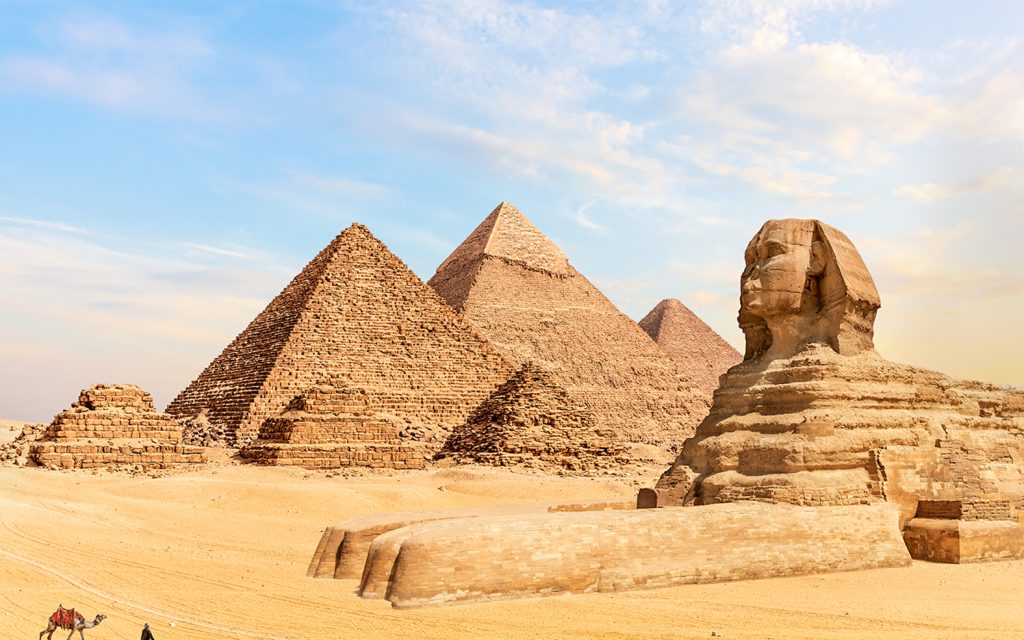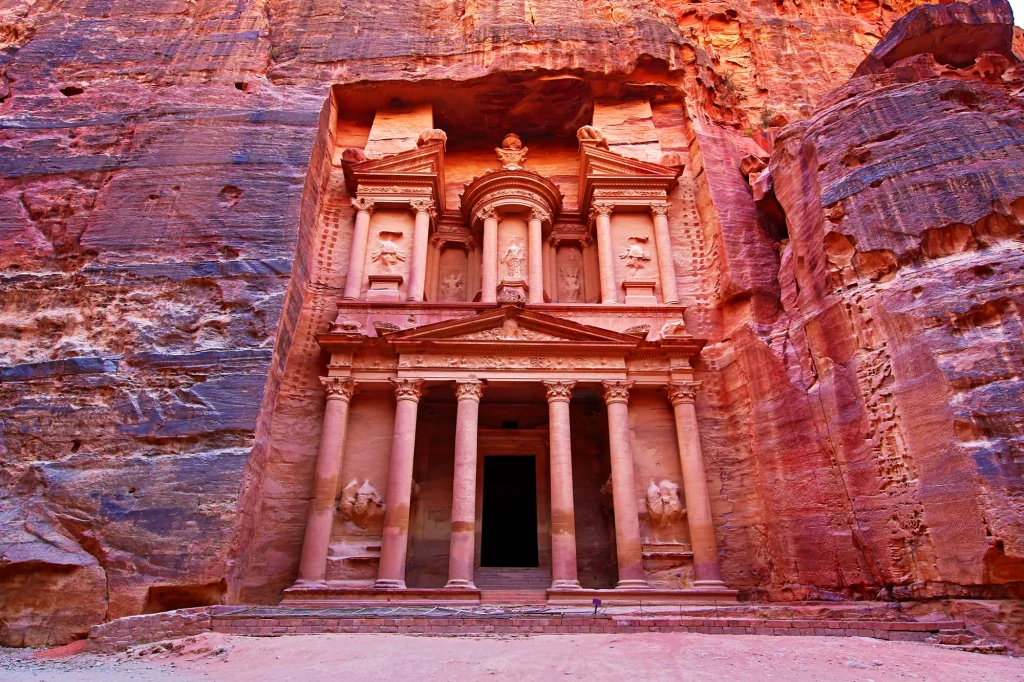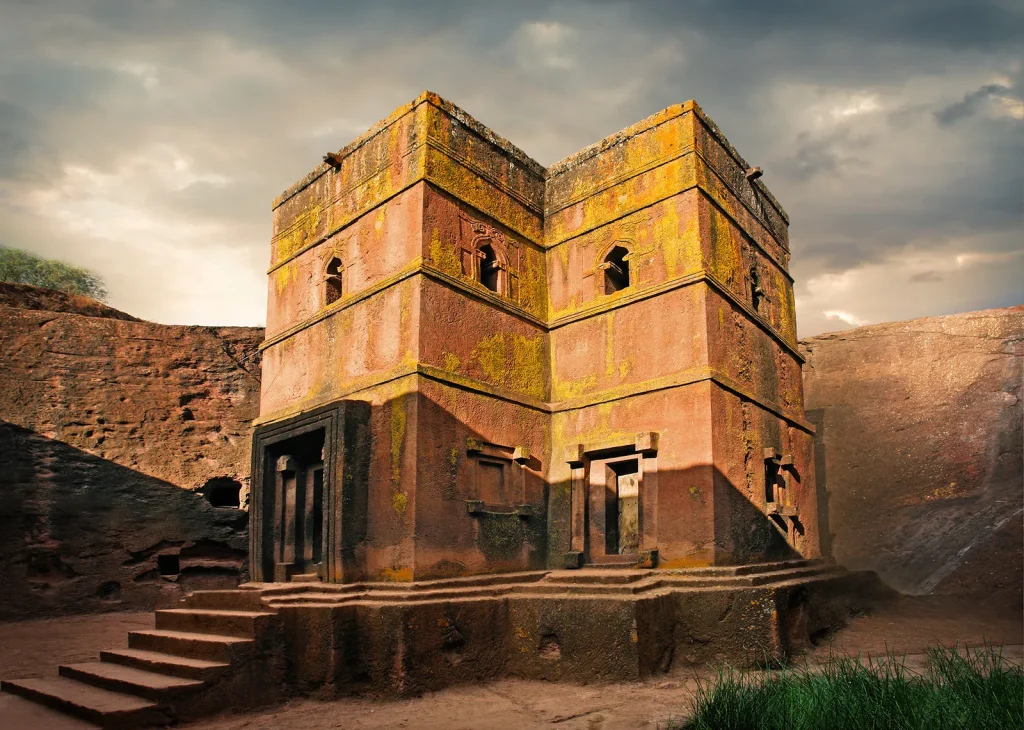Top 10 Historical Destinations in 2025: From Egypt’s Pyramids to Rome’s Colosseum
Travel in 2025 is not just about luxury escapes or beach getaways—it’s about connecting with the past, walking through history, and experiencing the cultures that have shaped civilizations for centuries. Historical destinations continue to be magnets for travelers worldwide, offering lessons, inspiration, and awe-inspiring architecture that stands the test of time. From the timeless pyramids of Egypt to the majestic Colosseum in Rome, the year 2025 brings a renewed focus on destinations that tell stories of human endurance, creativity, and evolution. Below are the top 10 historical destinations to explore this year.
1. Egypt’s Pyramids of Giza
The Pyramids of Giza remain one of the world’s greatest wonders and top attractions for history enthusiasts in 2025. Built over 4,500 years ago, these colossal structures are a symbol of Egypt’s rich ancient civilization. Visitors are not just awed by their size but also by the engineering brilliance of the ancient Egyptians, who managed to construct them with primitive tools. Beyond the pyramids, the Sphinx continues to intrigue travelers with its mysterious presence. In 2025, improved guided tours and virtual reality integrations will allow visitors to experience the pyramids in a modern way while still appreciating their historical significance. Egypt has also invested in infrastructure around Cairo, making visits smoother and more immersive. Whether for a historian, a cultural traveler, or simply someone seeking an unforgettable adventure, the pyramids stand unmatched.

2. Rome’s Colosseum, Italy
Rome’s Colosseum is an iconic reminder of the grandeur and brutality of the Roman Empire. Constructed nearly 2,000 years ago, this amphitheater was once the stage for gladiatorial battles and public spectacles that defined ancient entertainment. Today, it is among the most visited sites in Europe, and in 2025, restoration works and new technology have enhanced the visitor experience. Travelers can now access areas previously closed off, including underground tunnels where gladiators once prepared for combat. The Colosseum is not just a site of history but also a living connection to Rome’s legacy of power and influence. Surrounded by other historical gems like the Roman Forum and Palatine Hill, a visit here is a step back in time. It is a must-see for anyone who wants to understand how Rome shaped the world.

3. Machu Picchu, Peru
High in the Andes Mountains of Peru lies Machu Picchu, the lost city of the Incas. This UNESCO World Heritage Site continues to be one of the most enchanting historical destinations in 2025. Built in the 15th century, the site remained hidden from the outside world until its discovery in 1911. Today, visitors are captivated by its perfectly designed stone structures and terraces that blend seamlessly with the mountain landscape. In 2025, sustainable tourism practices have been strengthened, limiting daily visitor numbers to preserve the site. The history of Machu Picchu offers insights into the advanced engineering and spiritual life of the Inca civilization. Travelers here not only discover a mysterious ancient city but also the breathtaking beauty of the Peruvian Andes, making the journey unforgettable.

4. Angkor Wat, Cambodia
Angkor Wat, the crown jewel of Cambodia, is the world’s largest religious monument and a masterpiece of Khmer architecture. Constructed in the 12th century, this temple complex is more than just a symbol of Cambodian pride—it represents centuries of history, spirituality, and culture. In 2025, Angkor Wat continues to draw millions of visitors, with sunrise and sunset views offering magical experiences that connect the present with the past. The carvings and bas-reliefs narrating Hindu epics and Buddhist transformations tell stories of faith and conquest. With Cambodia’s renewed emphasis on cultural preservation, tourists now enjoy more guided experiences that delve into the site’s historical and spiritual significance. Visiting Angkor Wat is like entering a portal to a civilization that once dominated Southeast Asia.

5. Petra, Jordan
Known as the “Rose-Red City,” Petra is a breathtaking archaeological site carved into pink sandstone cliffs. Once the capital of the Nabataean Kingdom, Petra flourished as a major trading hub before being forgotten for centuries. Rediscovered in the 19th century, it has since become one of the most famous historical destinations in the Middle East. In 2025, visitors can explore its stunning landmarks, such as the Treasury (Al-Khazneh), the Monastery, and ancient tombs. Petra’s unique combination of natural beauty and architectural genius makes it one of the world’s greatest wonders. Jordan has also enhanced sustainable tourism efforts, ensuring that visitors not only enjoy the city but also respect its fragile environment. Walking through Petra is like journeying back to a forgotten time when trade and culture flourished in the desert.

6. The Great Wall of China
Stretching thousands of kilometers across China, the Great Wall is one of humanity’s most ambitious architectural feats. Originally built for defense, the wall embodies the strength, resilience, and vision of the Chinese dynasties that constructed it. In 2025, sections of the wall will have been further restored, offering travelers the chance to hike along breathtaking landscapes while learning about its historical significance. The wall was not just a military barrier—it also facilitated trade, communication, and cultural exchange along the Silk Road. For travelers, walking the Great Wall is both a physical challenge and a historical pilgrimage. From the bustling Badaling section near Beijing to quieter, untouched stretches, the Great Wall continues to be one of the most iconic sites in the world.

7. The Acropolis of Athens, Greece
Perched above the city of Athens, the Acropolis is one of the greatest cultural monuments in Europe. The centerpiece, the Parthenon, built in the 5th century BC, remains a symbol of democracy, philosophy, and art. In 2025, Greece continues to celebrate its heritage with improved visitor facilities and cultural exhibitions that bring the history of ancient Athens to life. The Acropolis is not just about architecture—it represents the birthplace of Western civilization and values that still resonate today. Travelers can explore the site while overlooking the modern city of Athens, a striking reminder of the connection between past and present. Visiting the Acropolis is like standing at the crossroads of history, where philosophy, politics, and art all converged.

8. Chichen Itza, Mexico
Chichen Itza, one of the New Seven Wonders of the World, remains a powerful attraction for travelers in 2025. This ancient Mayan city features the iconic El Castillo pyramid, a structure that served both astronomical and ceremonial purposes. The city was once a center of politics, trade, and religion for the Mayan civilization. Today, visitors marvel at the sophistication of Mayan engineering and astronomy, as the pyramid aligns perfectly with celestial events like the equinox. Mexico has improved preservation efforts to ensure the site remains intact for future generations. Chichen Itza offers not only an exploration of Mayan culture but also a deeper understanding of how ancient civilizations interacted with nature and the cosmos.

9. Stonehenge, England
Stonehenge remains one of the most mysterious monuments in the world. Located in Wiltshire, England, this prehistoric circle of stones has puzzled archaeologists for centuries. Built over 4,000 years ago, its purpose—whether religious, astronomical, or cultural—continues to spark debates. In 2025, the site is more accessible than ever, with new visitor centers and exhibitions offering fresh insights into its significance. Visitors are drawn to the spiritual aura of the site, as well as the myths and legends surrounding it. Despite its mysteries, Stonehenge represents the ingenuity of prehistoric people and their relationship with the land and sky. For travelers, it is both a historical and spiritual experience.

10. Lalibela, Ethiopia
Ethiopia’s Lalibela is home to remarkable rock-hewn churches carved directly into the earth, making it one of the most unique historical destinations in Africa. Built during the 12th century, these churches remain active places of worship, offering travelers not only a glimpse of the past but also a living spiritual experience. The architecture and devotion behind these creations are nothing short of extraordinary. In 2025, Lalibela gained more international attention as Ethiopia invested in cultural tourism. Pilgrims and travelers alike are captivated by the artistry, history, and enduring religious significance of this site. For anyone seeking a destination that bridges history and spirituality, Lalibela is unmatched.

In conclusion…
Traveling through history in 2025 is more than just visiting ancient landmarks; it is about stepping into the stories, cultures, and legacies that have shaped the world we live in today. From the timeless Pyramids of Egypt to the grandeur of Rome’s Colosseum, these destinations offer not just sights but experiences that connect us to humanity’s past. Whether you’re fascinated by ancient civilizations, architectural wonders, or cultural traditions, the top historical destinations of 2025 promise journeys filled with knowledge, awe, and unforgettable memories.








